Are you an animal lover looking for a fun day out? Here are the top zoos in Italy:
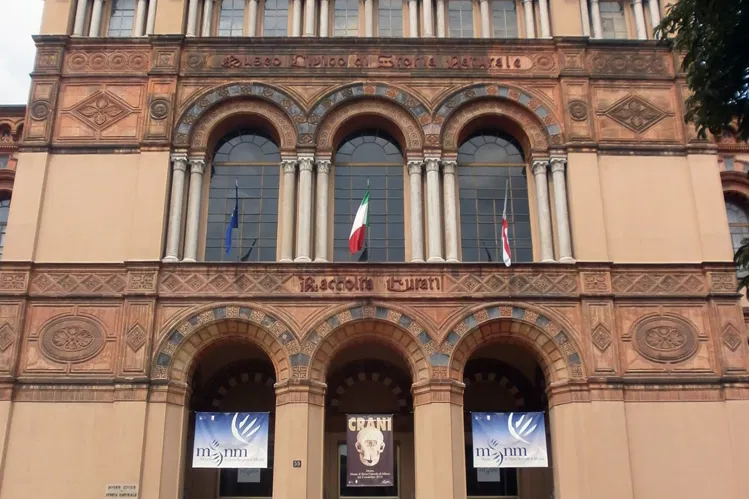
Milan Natural History Museum
MilanThe Milan Natural History Museum, founded in 1838, is housed in a 19th-century building located in the Indro Montanelli Garden, near the historic city gate of Porta Venezia. This location not only offers a rich historical context but also a serene environment for visitors to explore the museum's vast collections.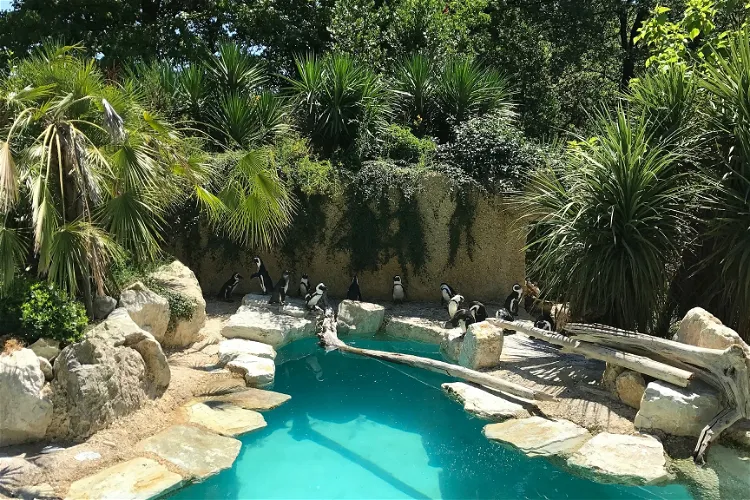
Giardino Zoologico di Pistoia
PistoiaThe Pistoia Zoo, founded in 1970 by Raffaello Galardini, is one of the main zoological structures in Italy. It extends over about 14 hectares, although only 7 of these are currently open to the public. This provides a spacious environment for the animals and a vast area for visitors to explore.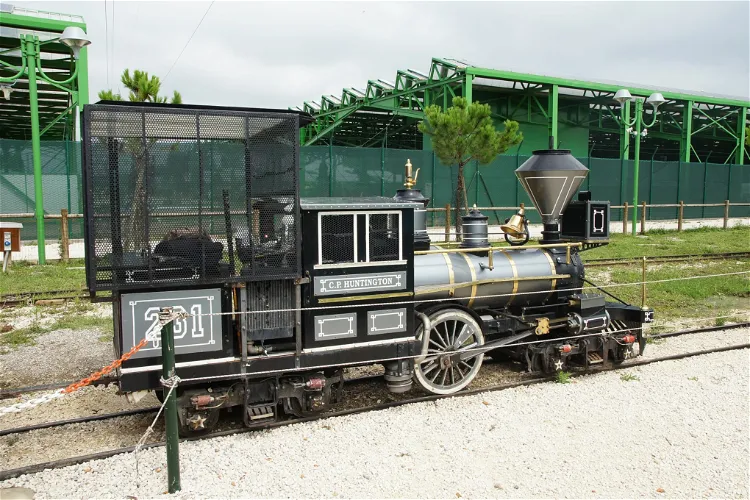
Safari Ravenna
RavennaSafari Ravenna is a safari park and zoo situated in Ravenna, Emilia-Romagna, Italy. It was established in 2012 near the Mirabilandia amusement park and spans an area of 340,000 m². This vast space is home to a variety of large mammals and birds, which can be observed from your own vehicle or through the park's vehicles.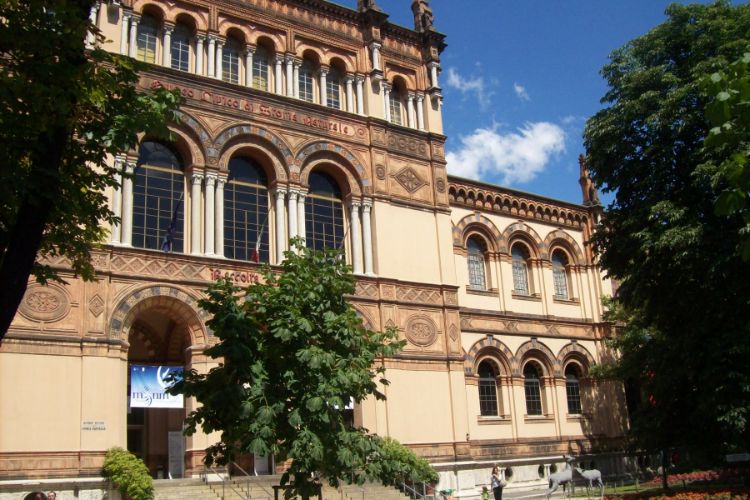
Museum of Natural History
MilanThe Museo civico di storia naturale in Milan (Museum of Natural History in Milan) is one of the most important natural history museums in Italy. The museum contains 23 exhibition rooms on two levels with a total exhibition area of 5,500 m². About 100 dioramas show scenes of fauna and flora in variou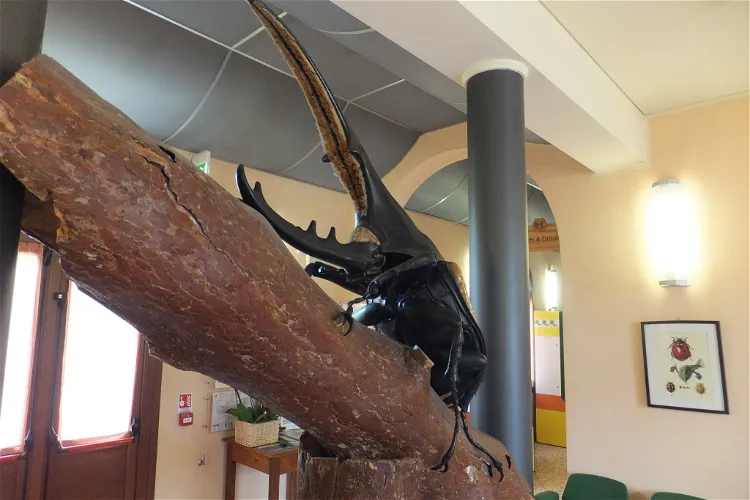
Esapolis - Museo Vivente degli insetti
PaduaEsapolis is an insectarium situated in Padua, Italy. It was established through a collaboration between the Province of Padua and Butterfly Arc, a private initiative. This partnership has resulted in the creation of the largest exhibition structure in Italy dedicated to insects, making it a unique destination for those interested in entomology and the natural world.- Online discount!
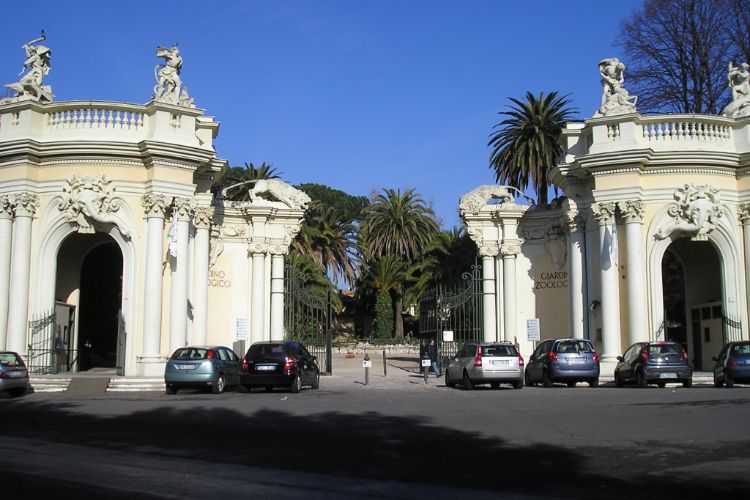
Bioparco
RomeThe Bioparco is a 17-hectare large municipal zoo in Rome which feels like a safari, as there are no fences/bars in many parts of the Bioparco Zoo. The Zoo is home to over a 1,000 animals from more than 200 species. Its two newest exhibits can be considered as main attractions: the orangutan expositi 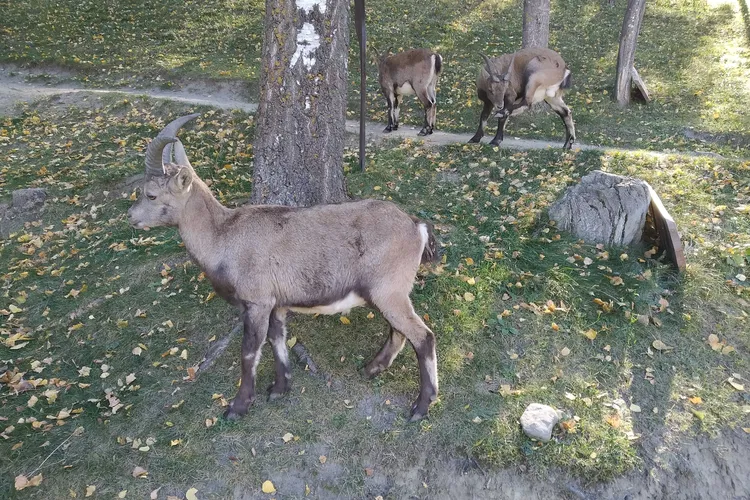
Parc Animalier d'Introd
IntrodThe Parc Animalier d'Introd is an Italian animal park located in the scenic Aosta Valley. It was established with the aim of promoting tourism in the local community. The park is home to a variety of alpine animals and plants, making it a great destination for nature lovers.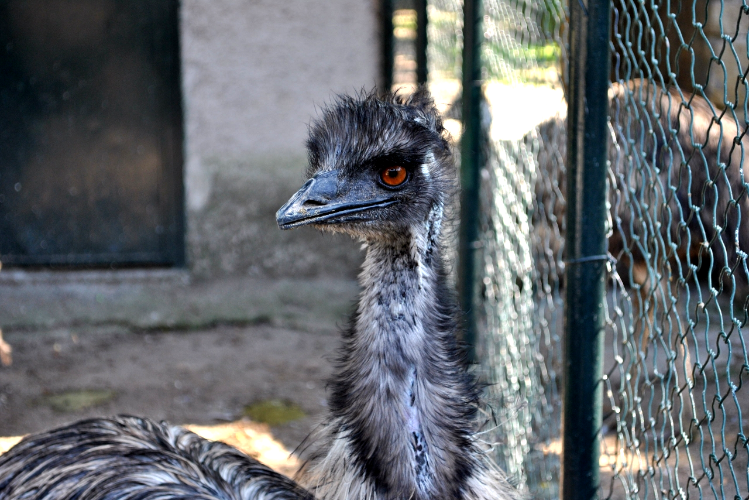
Zoo di Napoli
NaplesThe Zoo di Napoli (Zoo of Naples, Naples Zoo) is a zoo in Naples founded by Franco Cuneo and Angelo Lombardi in 1940 that spans an area of over 100,000 square meters. The zoo is home to many species of animals, including endangered species, such as the Neapolitan goats (capre napoletane).- 9
Parco Zoo Falconara
Falconara MarittimaA modern zoo with lots of facilities. Focused on felines, the zoo also has many other animals to see. 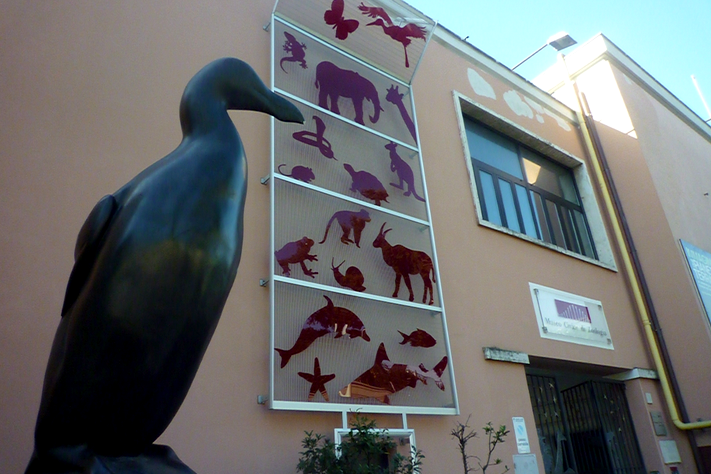
Museo Civico di Zoologia
RomeMuseo Civico di Zoologia is a natural history museum in Rome that specializes in fauna and its evolution throughout history. Its collections include conches, several insects, and over 290 artifacts from mammals, some of which are today extinct. Highlights in the museum include the skeleton of a comm- 11
Museo di Zoologia e Casa delle farfalle
CataniaThe Museo di Zoologia di Catania, along with the attached 'Butterfly House', is part of the University Museum System (SiMuA) of the University of Catania. This integration allows the museum to benefit from the resources and expertise of the university, enhancing its offerings and the overall visitor experience.